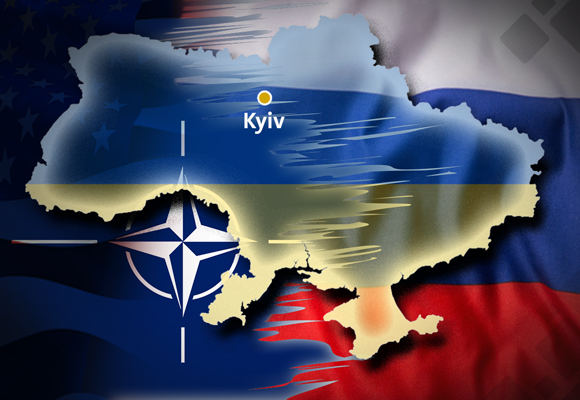
China’s recently proposed peace plan for the war in Ukraine has met with a negative and often vague reaction from the members of the North Atlantic Treaty Organization. In response to the plan, Secretary General of NATO Jens Stoltenberg claimed that Beijing has no credibility (as a nation) to propose a peace plan to Kyiv since China has not condemned Russia’s actions in Ukraine. However, fundamentally one of the most basic requirements for the role of a mediator in international relations is a lack of any support for either side of the conflict in question. Over the last year, China has never cast a positive or negative vote against Russia on either the Security Council or in the General Assembly. In the majority of these votes, China actually abstained! China’s vote of abstention shows that while disagreeing with the essence of the war in Ukraine, it was not ready to join in on the U.S. and European Union’s interventionist policy and stoke the flames of war. In fact, this middle ground approach is an important precondition for Chinese mediatorship in the war.
Regarding NATO’s grand strategy in the Ukraine war, so far it has pursued a policy of either “only war,” “both war and peace” or “neither war nor peace.” Better put, “peace alone” does not exist in NATO’s strategic dictionary. Hence, when a peace plan was presented by Beijing officials, NATO Secretary General Stoltenberg immediately and without even informing himself of the details of China’s 12-point plan, rejected it out of hand. This hasty reaction by the NATO head reveals the existence of the organization’s red line, officially unacknowledged but perceivable under the name of “peace in Ukraine.” On the basis of this policy, when preliminary peace talks between the foreign ministers of Kyiv and Moscow took place in Istanbul, we saw NATO sabotage the negotiations, and in the end they fell apart. Now, in the year 2023, any “peace” in Ukraine is still condemned by the West’s red line! The U.S. and European members of NATO are against the formation of a peace plan in Ukraine for three reasons:
1 – Arms companies in the U.S. and Europe are busy doing business with the blood of Ukrainians and have made large profits off the war in Ukraine.
2 – Given Russia’s relative control over much of Eastern Ukraine (the main conflict area) and an unfavorable battle outlook for the Ukrainians, at this point a peace plan would not provide the results that the heads of NATO are looking for.
3 – The disagreements within NATO members over a continued policy of “both war and peace” have reached their pinnacle. As an example, officials from Croatia, Greece, Switzerland and Hungary have repeatedly emphasized that they cannot take unlimited risks to provide military aid to Ukraine, and they cannot just unreservedly start providing weapons.
In such circumstances, NATO officials are further than ever before from the word “peace”! Beyond that, NATO leaders, who with their insistence on expanding the treaty organization played an active role in triggering this war, no longer possess the mental or operational ability to transition from a state of “war” or “war-peace” into a state of “absolute peace.” Thus it becomes clear why Western leaders have strangled any potential peace plan at birth and prevented any negotiations between Kyiv and Moscow. We may still see NATO change its behavior toward the war under the increasingly complex relationship between members of the organization, but for now such logic and rationality is nowhere to be found among the leaders of NATO! It’s better to just say that rationality has long been the missing link in the collective decision-making of NATO.

Leave a Reply
You must be logged in to post a comment.